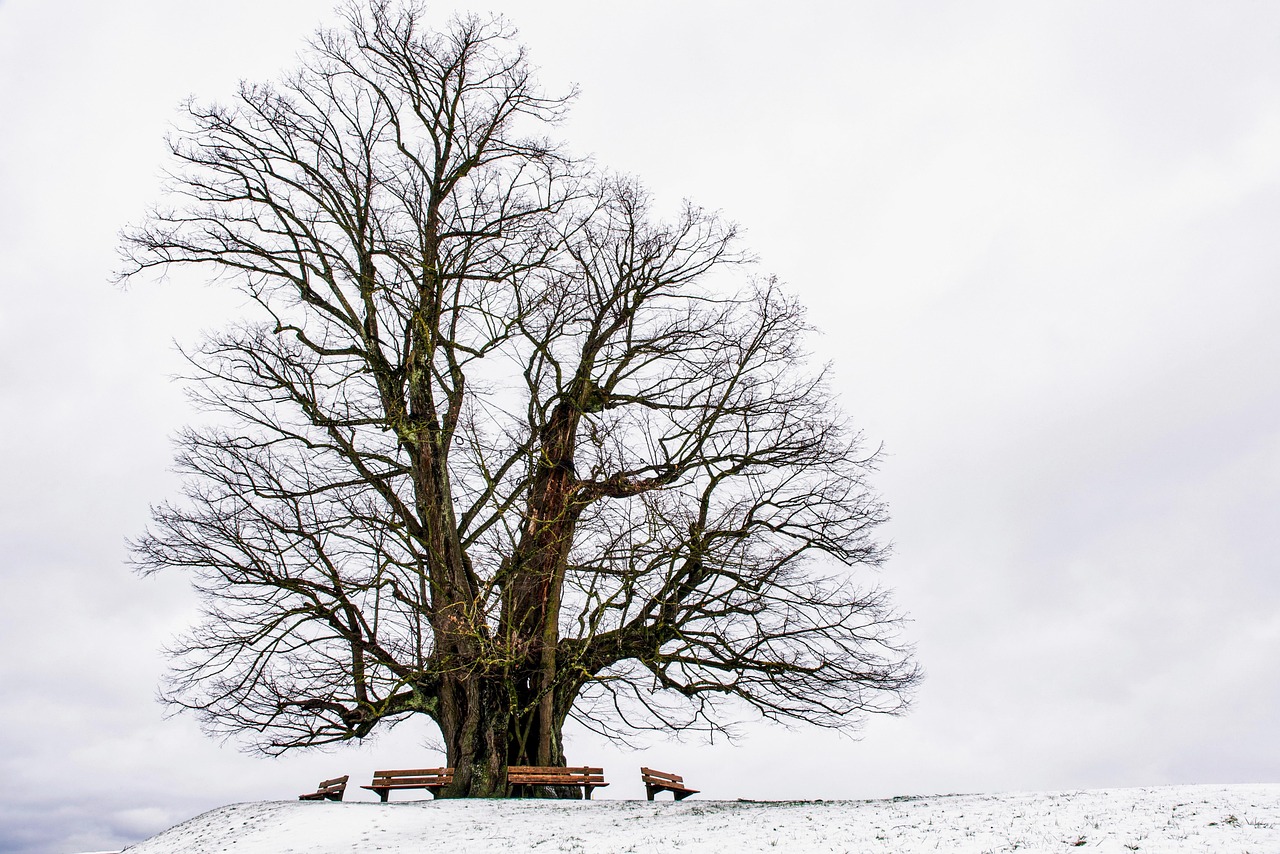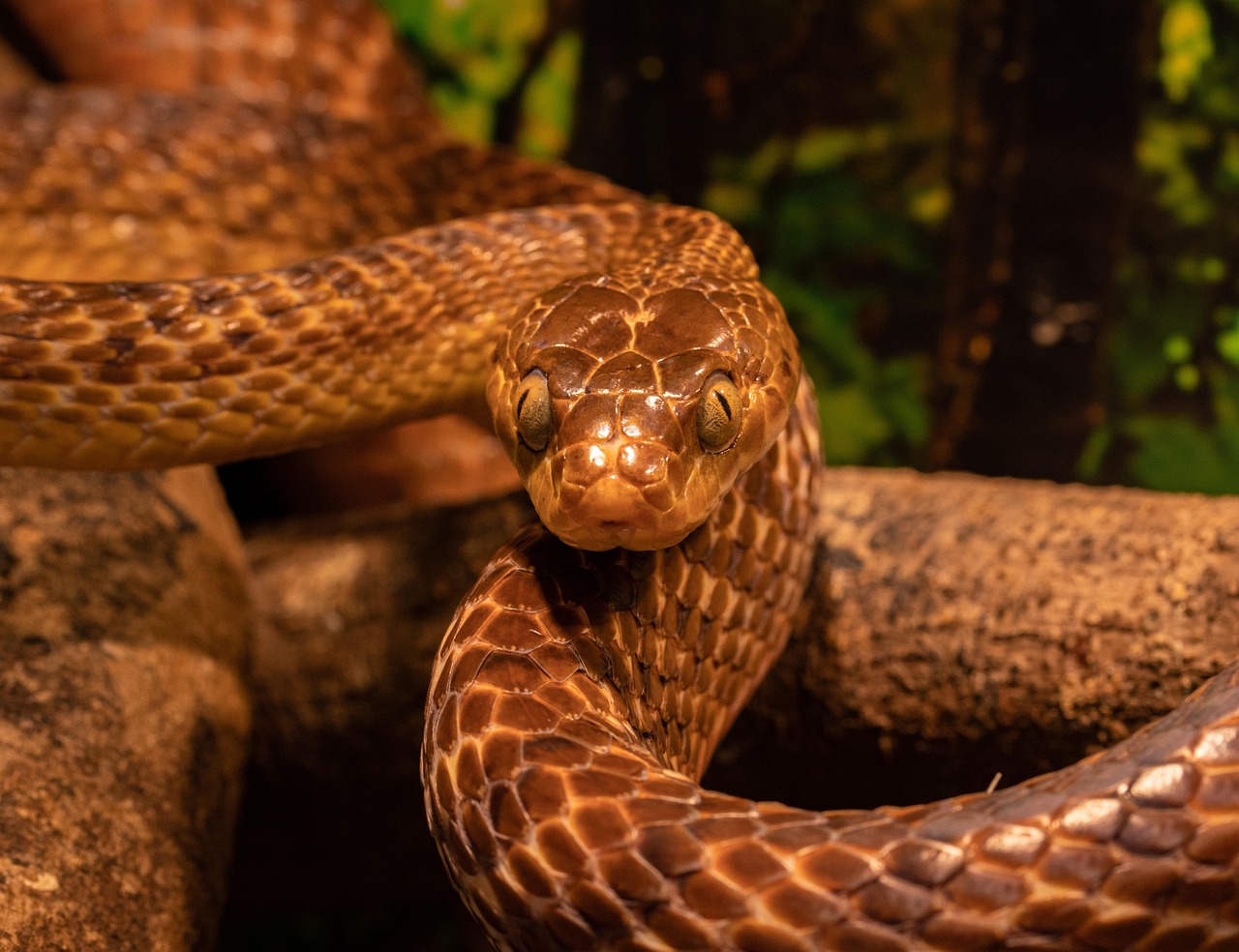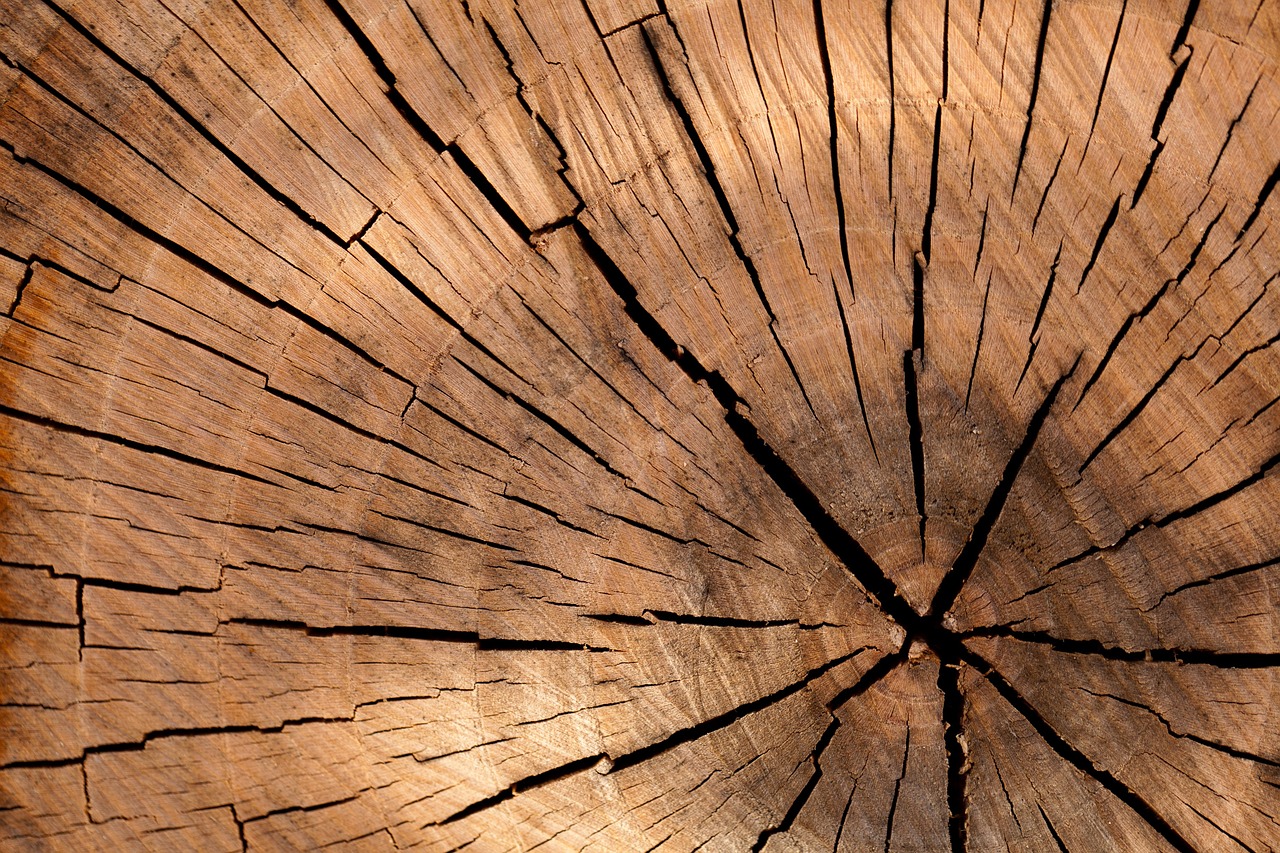The Tuckeroo tree, scientifically known as Cupaniopsis anacardioides, exhibits a moderate growth rate, typically ranging from 1 to 3 feet per year. This makes it an excellent choice for coastal gardens where quick establishment and resilience to salty conditions are desired.
The Tuckeroo tree is a native Australian species that thrives in coastal environments. Its attractive foliage and adaptability to various soil types make it a popular choice among gardeners looking to enhance their landscapes. The tree is particularly well-suited for areas with high salt content in the soil, which is common in coastal regions. This resilience to salt makes it an ideal candidate for seaside gardens and urban settings near the ocean.

In addition to its adaptability, the Tuckeroo tree provides numerous benefits for coastal gardens. It offers shade, privacy, and even a habitat for local wildlife. Its evergreen nature ensures that it maintains its foliage throughout the year, providing a lush backdrop for other plants. Furthermore, its relatively fast growth rate allows gardeners to quickly achieve the desired landscape effect.
Understanding Tuckeroo Tree Growth Characteristics
The growth characteristics of the Tuckeroo tree make it unique among other coastal trees. Understanding these characteristics can help gardeners make informed decisions when incorporating this species into their landscape designs. Below are some key growth features of the Tuckeroo tree:
| Feature | Description |
|---|---|
| Height | Typically reaches heights of 20 to 30 feet. |
| Width | Can spread up to 15 to 20 feet wide. |
| Growth Rate | Moderate, averaging 1 to 3 feet per year. |
| Leaf Type | Glossy, dark green leaves that are elliptical in shape. |
| Flowering | Produces small, inconspicuous flowers that attract pollinators. |
| Fruit | Features small, round fruits that are edible but not commonly consumed. |
One of the most appealing aspects of the Tuckeroo tree is its ability to tolerate a range of environmental conditions. This includes drought, poor soil quality, and high winds. Such resilience makes it a favorable option for coastal gardeners who may face challenges with other plant species. Additionally, its deep root system helps stabilize sandy soils, preventing erosion—a major concern in coastal landscapes.

The Tuckeroo tree also has minimal maintenance requirements once established. Regular watering during the first few years is crucial for promoting strong growth. After this initial establishment period, the tree can thrive with little intervention, making it an excellent choice for busy gardeners or those looking for low-maintenance options.
When planting Tuckeroo trees in coastal gardens, consideration should be given to their spacing and sunlight requirements. Ideally, these trees should be planted in full sun for optimal growth. Proper spacing will allow them to develop their full potential without overcrowding, which can lead to poor air circulation and increased susceptibility to pests and diseases.
Benefits of Tuckeroo Trees in Coastal Gardens
The integration of Tuckeroo trees into coastal gardens presents several advantages. Some of these benefits include:

- Windbreaks: Their height and density can act as effective wind barriers.
- Aesthetic Appeal: The glossy leaves provide year-round greenery, enhancing visual interest.
- Wildlife Habitat: They attract various birds and insects, contributing to biodiversity.
- Erosion Control: Their roots help stabilize sandy soils and prevent erosion.
- Noise Reduction: Dense foliage can help reduce noise from nearby roads or beaches.
With these qualities, Tuckeroo trees serve not only as functional elements in coastal gardens but also as beautiful additions that enhance the overall landscape. Their adaptability and quick growth make them a favorite among gardeners seeking to create vibrant coastal environments.
As interest in sustainable gardening practices increases, the Tuckeroo tree stands out as an exemplary choice for coastal landscaping. Its ecological benefits combined with its aesthetic appeal make it a valuable asset for any garden along the coast.
Planting and Care for Tuckeroo Trees
To achieve optimal growth and health for Tuckeroo trees, understanding the proper planting and care techniques is essential. These practices ensure that the trees establish well in coastal gardens, contributing to their rapid growth and overall success.
Site Selection
Choosing the right location to plant Tuckeroo trees is crucial. They prefer full sun exposure, which allows them to thrive. Here are some considerations when selecting a site:

- Sunlight: Ensure the planting area receives at least six hours of direct sunlight each day.
- Soil Type: Tuckeroo trees adapt well to various soil types, but well-drained sandy soils provide the best conditions.
- Proximity to Saltwater: Planting near the coast can be beneficial as they are salt-tolerant.
- Space: Consider the mature width of the tree when spacing them apart, allowing for adequate air circulation.
Planting Techniques
Proper planting techniques can significantly influence the growth rate and health of Tuckeroo trees. Follow these steps for successful planting:
- Prepare the Soil: Loosen the soil in the planting area to promote root growth. Adding organic matter can improve soil quality.
- Dig the Hole: Create a hole that is twice as wide and the same depth as the root ball of the sapling.
- Place the Tree: Position the tree in the center of the hole, ensuring that the top of the root ball is level with the surrounding soil.
- Backfill: Fill in around the roots with soil, gently pressing down to eliminate air pockets.
- Water Thoroughly: After planting, give the tree a deep watering to help settle the soil around the roots.
- Add Mulch: Apply a layer of mulch around the base of the tree to retain moisture and suppress weeds.
Watering and Fertilization
Establishing a watering routine is vital, especially during the first few years of growth. Here are some tips:
- Initial Watering: Water deeply once a week for the first year, allowing the soil to dry slightly between waterings.
- Drought Tolerance: Once established, Tuckeroo trees can withstand periods of drought, but regular watering during dry spells promotes healthier growth.
- Fertilization: Applying a balanced, slow-release fertilizer in spring can support growth. Avoid excessive nitrogen, as it may lead to weak growth.
Pest and Disease Management
Tuckeroo trees are generally resistant to pests and diseases, making them an easy-care option for coastal gardens. However, monitoring for specific issues is still important. Common problems include:
- Aphids: These small insects can be managed with insecticidal soap or by introducing natural predators such as ladybugs.
- Leaf Spot: This fungal issue may arise in humid conditions. Ensure proper air circulation and avoid overhead watering to minimize risks.
- Root Rot: Overwatering can lead to root rot. Always check that soil drains well and avoid waterlogged conditions.
Pruning and Maintenance
Regular pruning can help maintain the shape and health of Tuckeroo trees. Here are some maintenance tips:
- Timing: Prune during late winter or early spring before new growth begins.
- Removing Dead or Diseased Wood: Inspect for any dead or damaged branches and remove them to promote healthy growth.
- Shaping: Lightly shape the tree as needed to encourage a balanced structure.
- Avoid Heavy Pruning: Tuckeroo trees do not require extensive pruning; a light touch is usually sufficient.
The combination of proper planting techniques, regular care, and vigilant monitoring will ensure that Tuckeroo trees flourish in coastal gardens. Their adaptability and resilience will provide lasting beauty and benefits for years to come.
Environmental Benefits of Tuckeroo Trees
The environmental advantages of incorporating Tuckeroo trees into coastal gardens extend beyond aesthetic appeal. These trees play a significant role in promoting ecological balance and sustainability within their habitats. Below are some key benefits:
- Carbon Sequestration: Like all trees, Tuckeroo trees capture carbon dioxide from the atmosphere, contributing to improved air quality.
- Habitat Creation: They provide shelter and food for various wildlife species, including birds and insects.
- Sandy Soil Stabilization: Their deep root systems help hold sandy soils in place, reducing erosion along coastlines.
- Diversity Promotion: Planting Tuckeroo trees encourages plant diversity, which supports broader ecosystems.
Their ability to flourish in challenging environments while offering numerous ecological benefits makes Tuckeroo trees an excellent choice for coastal gardens focused on sustainability and biodiversity. As more gardeners seek environmentally friendly options, the importance of these trees will continue to grow.
Landscape Design Ideas with Tuckeroo Trees
Utilizing Tuckeroo trees in landscape design can create stunning coastal gardens that are both functional and beautiful. Their unique characteristics allow for a variety of design applications, enhancing the overall aesthetic while providing environmental benefits.
Creating Privacy Screens
Tuckeroo trees can be effectively used to create privacy screens in gardens. When planted in rows, they develop a dense canopy that shields outdoor spaces from view. Here are some tips for designing an effective privacy screen:
- Spacing: Space the trees 6 to 10 feet apart to promote healthy growth while ensuring a solid barrier.
- Height Considerations: Choose areas where the trees can reach their full height without obstruction, maximizing their screening potential.
- Layering: Combine Tuckeroo trees with lower shrubs to create a multi-layered privacy solution that adds depth to the landscape.
Coastal Windbreaks
In coastal areas, strong winds can pose challenges for garden plants. Tuckeroo trees serve as effective windbreaks, protecting delicate plants from harsh gusts. To design a windbreak:
- Select the Right Location: Identify the direction of prevailing winds and plant Tuckeroo trees accordingly.
- Density: Plant them in a staggered formation to create a thicker barrier against the wind.
- Height Variation: Incorporate taller plants alongside Tuckeroo trees to enhance the windbreak effect.
Attracting Wildlife
Incorporating Tuckeroo trees into a garden design can attract various wildlife species, making your garden more vibrant and lively. Here are ways to enhance wildlife habitats:
- Nesting Sites: The dense foliage provides ideal nesting locations for birds, encouraging them to settle in your garden.
- Pollen and Nectar Sources: While Tuckeroo flowers are small, they can still attract pollinators like bees and butterflies.
- Food Sources: The edible fruits of Tuckeroo trees can attract birds and other animals, creating a dynamic ecosystem.
Companion Planting with Tuckeroo Trees
Choosing the right companion plants can enhance the growth and appearance of Tuckeroo trees while optimizing garden space. Below are some suitable companion plants that pair well with Tuckeroo trees:
| Companion Plant | Benefits |
|---|---|
| Lantana | Attracts pollinators and thrives in similar coastal conditions. |
| Beach Strawberry (Fragaria chiloensis) | Ground cover that helps control erosion and complements the tree’s root system. |
| Coastal Rosemary (Westringia fruticosa) | Drought-tolerant shrub that works well in sandy soils and provides additional greenery. |
| Saltbush (Atriplex spp.) | Tolerates saline conditions, enhancing biodiversity in coastal gardens. |
Companion planting not only maximizes space but also leads to healthier plants by promoting biodiversity. This practice can help reduce pest issues and improve soil health, benefiting all plants involved.
Caring for Tuckeroo Trees Through Seasonal Changes
Caring for Tuckeroo trees involves adapting maintenance practices according to seasonal changes. Each season presents unique challenges and opportunities for growth. Here is a seasonal care guide:
Spring Care
Spring is a critical time for growth. During this season:
- Pruning: Remove any dead or damaged branches to encourage new growth.
- Fertilization: Apply a balanced fertilizer to support spring growth.
- Watering: Increase watering frequency as temperatures rise and new growth appears.
Summer Care
Summer brings heat and potential drought conditions. Care during this season includes:
- Irrigation: Ensure consistent watering to prevent stress during hot spells.
- Pest Monitoring: Keep an eye out for pests, especially aphids, and take action if necessary.
- Mulching: Refresh mulch around the base to retain moisture and suppress weeds.
Autumn Care
As temperatures begin to cool, focus on preparing the tree for winter:
- Watering Adjustment: Gradually reduce watering as growth slows down.
- Leaf Maintenance: Rake fallen leaves regularly to prevent fungal issues.
- Soil Care: Consider adding compost or organic matter to enrich the soil before winter.
winter Care
Winter poses unique challenges, especially in cooler climates. To care for Tuckeroo trees during winter:
- Inspect for Damage: Check for any winter damage or breakage and prune as needed.
- Irrigation Management: Water only during dry spells; avoid overwatering in frozen conditions.
- Protection from Frost: If frost is expected, consider covering young saplings to protect them from severe cold.
This seasonal approach ensures that Tuckeroo trees remain healthy and thrive throughout the year, providing sustainable beauty and environmental benefits for coastal gardens.
In addition to seasonal care, understanding the broader ecological impact of Tuckeroo trees is vital for coastal gardening. Their role in supporting local ecosystems cannot be overstated. By planting Tuckeroo trees, gardeners can contribute positively to their environment while enjoying the beauty and functionality these trees provide.
Ecological Importance of Tuckeroo Trees
Beyond their aesthetic contributions, Tuckeroo trees offer significant ecological advantages that enhance coastal gardens and surrounding areas. Here are some key ecological benefits:
- Soil Health: The root systems of Tuckeroo trees improve soil structure and health, promoting better moisture retention and nutrient availability.
- Habitat for Beneficial Insects: By attracting pollinators, Tuckeroo trees support the life cycles of various beneficial insects that can aid in pest control for surrounding plants.
- Reduction of Urban Heat: In urban coastal areas, Tuckeroo trees can help mitigate the heat island effect, providing cooler microclimates for both plants and people.
- Carbon Footprint Reduction: As effective carbon sinks, Tuckeroo trees play a role in combating climate change by absorbing carbon dioxide from the atmosphere.
These ecological contributions make Tuckeroo trees not only valuable assets for individual gardens but also essential components of community and environmental health.
Landscape Aesthetics and Design Flexibility
Tuckeroo trees are versatile in landscape design due to their attractive foliage and growth habit. They can be incorporated into various garden styles, including:
- Tropical Gardens: Their lush, green leaves complement tropical plants, creating a serene and vibrant environment.
- Native Plant Gardens: Incorporating Tuckeroo trees with other native species enhances biodiversity and promotes local flora.
- Coastal Retreats: Their salt tolerance makes them ideal for beachside properties where they can withstand harsh conditions.
- Formal Landscapes: They can be pruned into specific shapes, adding structure to formal garden designs.
The adaptability of Tuckeroo trees allows them to fit seamlessly into different styles, enhancing the overall appeal of any landscape.
Community Engagement and Education
Engaging the community in planting and caring for Tuckeroo trees can foster a greater appreciation for local ecosystems. Educational programs can focus on:
- Workshops: Host workshops on planting techniques and tree care to promote community involvement in sustainable practices.
- School Programs: Involve schools in tree planting initiatives to educate children about the importance of trees in the environment.
- Local Events: Organize community events centered around tree planting days, fostering a sense of connection to nature.
By integrating education and community engagement, the benefits of Tuckeroo trees can extend beyond individual gardens to enrich the entire community.
Final Thoughts
The Tuckeroo tree stands out as an exceptional choice for coastal gardens due to its moderate growth rate, adaptability, and ecological benefits. Its ability to thrive in challenging coastal conditions makes it a valuable asset for gardeners looking to enhance their landscapes while promoting sustainability. With proper care and consideration, Tuckeroo trees can flourish, providing beauty, shade, and vital ecological functions. As gardeners become more aware of the importance of biodiversity and environmental stewardship, Tuckeroo trees will play a key role in creating vibrant and resilient coastal ecosystems.
Ultimately, incorporating Tuckeroo trees into coastal garden designs not only improves aesthetic appeal but also contributes to healthier environments. Their resilience against salty winds and drought makes them an ideal choice for those seeking to establish sustainable gardens that benefit both people and wildlife alike. As you plan your coastal garden, consider the many advantages of the Tuckeroo tree—an investment that promises beauty and environmental health for years to come.
